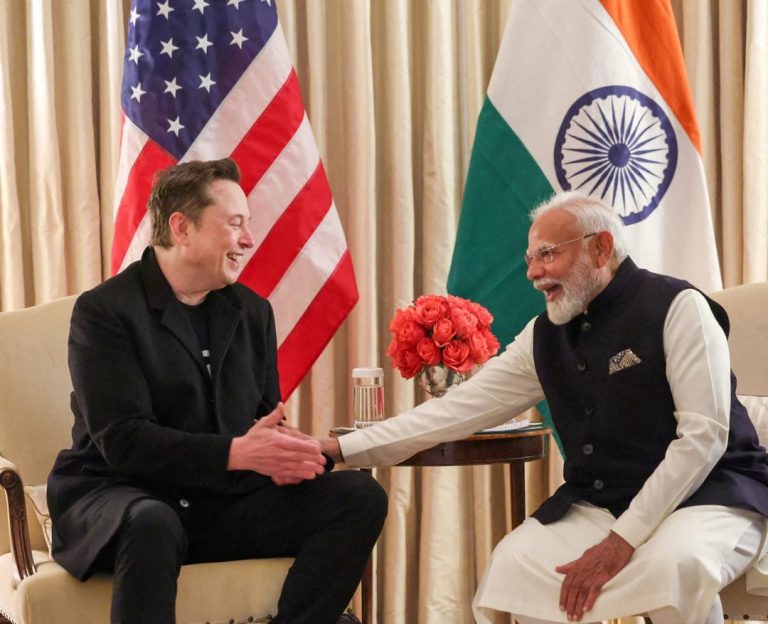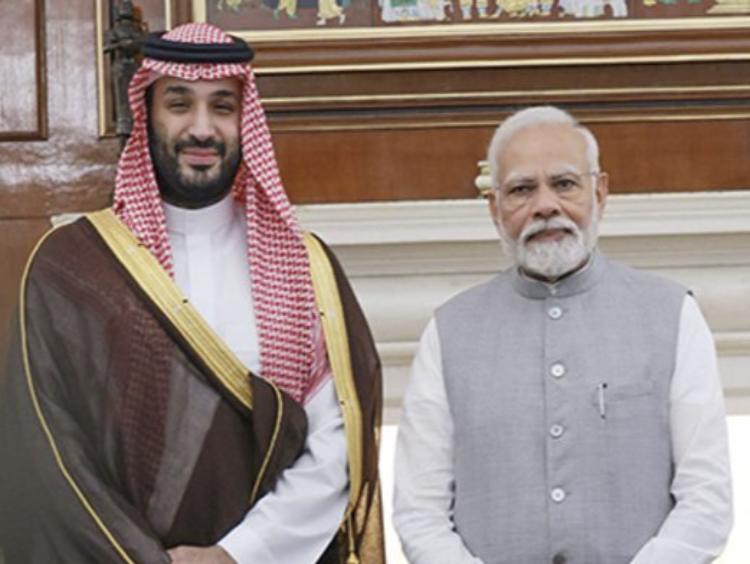
India may have 45 crore obese & overweight people by 2050: Lancet
The alarming rise of obesity and overweight population globally has been a major concern for the health fraternity for quite some time now. A recent study published in The Lancet has made a startling prediction that India may have 45 crore (450 million) obese and overweight people aged over 25 years by the year 2050. This is a staggering figure that highlights the gravity of the situation and the need for immediate action to address this burgeoning health crisis.
According to the study, China, India, and the USA will see the largest numbers of obese and overweight people by 2050. The sub-Saharan Africa super-region is expected to witness the highest rise (254.8%) in such a population. These numbers are a stark reminder of the far-reaching consequences of unhealthy lifestyles, lack of physical activity, and poor dietary habits.
The study, which analyzed data from 200 countries and territories, found that the global number of obese and overweight adults over 25 years of age is expected to increase from 2.7 billion in 2019 to 4.3 billion by 2050. This represents an increase of 62% over the next three decades.
India’s Obesity Epidemic
India’s growing obesity problem is a major cause for concern. The country is already home to over 30 crore (300 million) obese and overweight people, and the numbers are expected to rise exponentially in the coming years. The Lancet study estimates that by 2050, India will have 45 crore obese and overweight people, which is roughly 36% of the country’s projected population.
The rise of obesity in India can be attributed to various factors, including rapid urbanization, sedentary lifestyles, and a shift towards a more processed and high-calorie diet. The growing popularity of fast food, soft drinks, and other junk food items has further contributed to the problem.
Consequences of Obesity
Obesity and overweight are known to increase the risk of chronic diseases such as diabetes, heart disease, and certain types of cancer. In India, the consequences of obesity are particularly severe, given the country’s already-strained healthcare system.
The economic burden of obesity is also significant. A study by the World Bank estimates that India loses around 1.7% of its GDP annually due to the costs associated with obesity-related diseases.
What Can Be Done?
So, what can be done to address the growing obesity epidemic in India? Here are a few suggestions:
- Promote Physical Activity: Encourage people to engage in regular physical activity, such as walking, cycling, or yoga. This can be done by creating more public spaces for recreational activities and promoting community-based exercise programs.
- Healthy Nutrition: Educate people about the importance of a balanced diet and promote healthy eating habits. This can be done by providing nutrition education programs in schools and communities, and by promoting the production and consumption of locally-grown, healthy foods.
- Regulatory Measures: Implement regulatory measures to control the production and sale of junk food and soft drinks. This can be done by imposing taxes on unhealthy food items and restricting their advertising.
- Health Education: Conduct public awareness campaigns to educate people about the risks associated with obesity and the importance of maintaining a healthy weight.
- Healthcare System Reform: Reform the healthcare system to provide better access to preventive care and treatment options for obesity-related diseases.
Conclusion
The Lancet study’s prediction of 45 crore obese and overweight people in India by 2050 is a wake-up call for the government, healthcare professionals, and individuals alike. It is essential that we take immediate action to address this growing health crisis by promoting physical activity, healthy nutrition, and regulatory measures. By working together, we can create a healthier and fitter India for generations to come.






